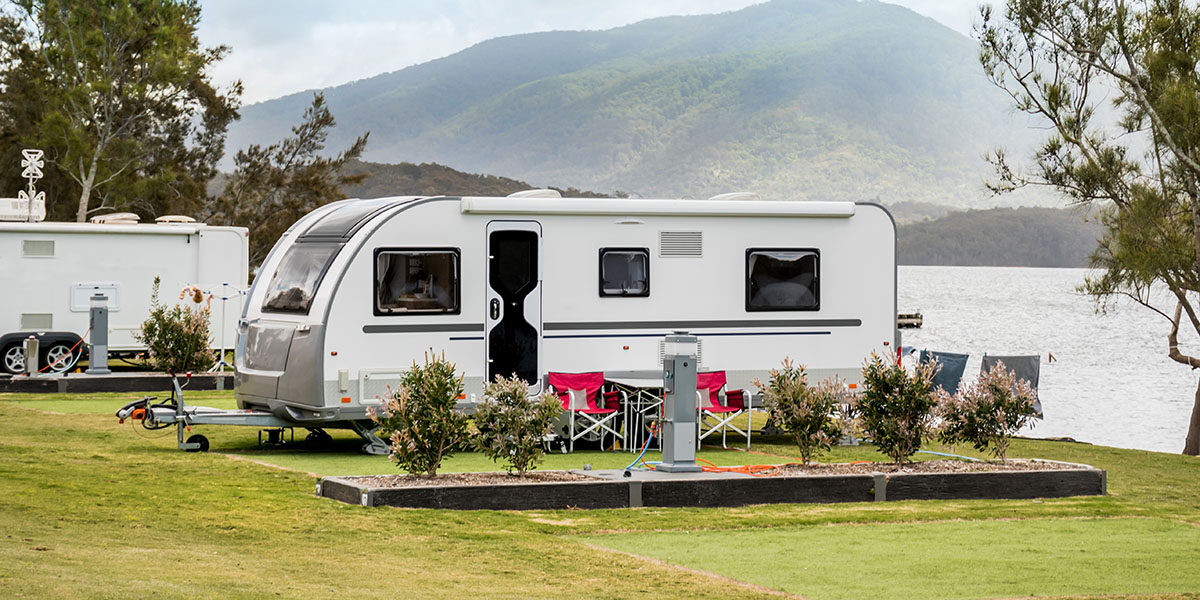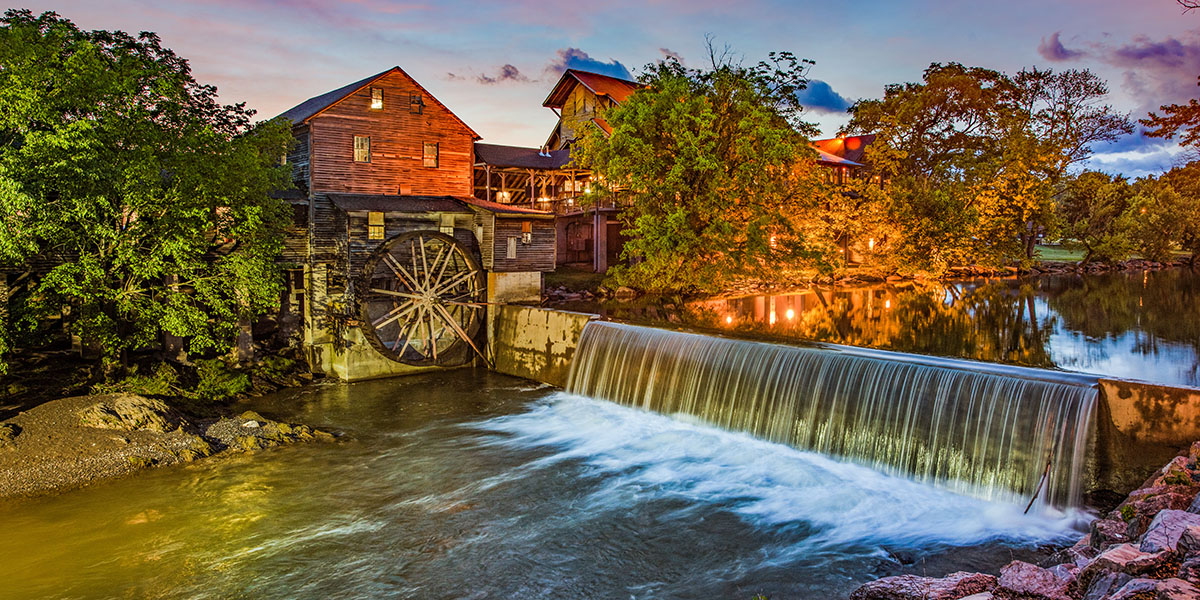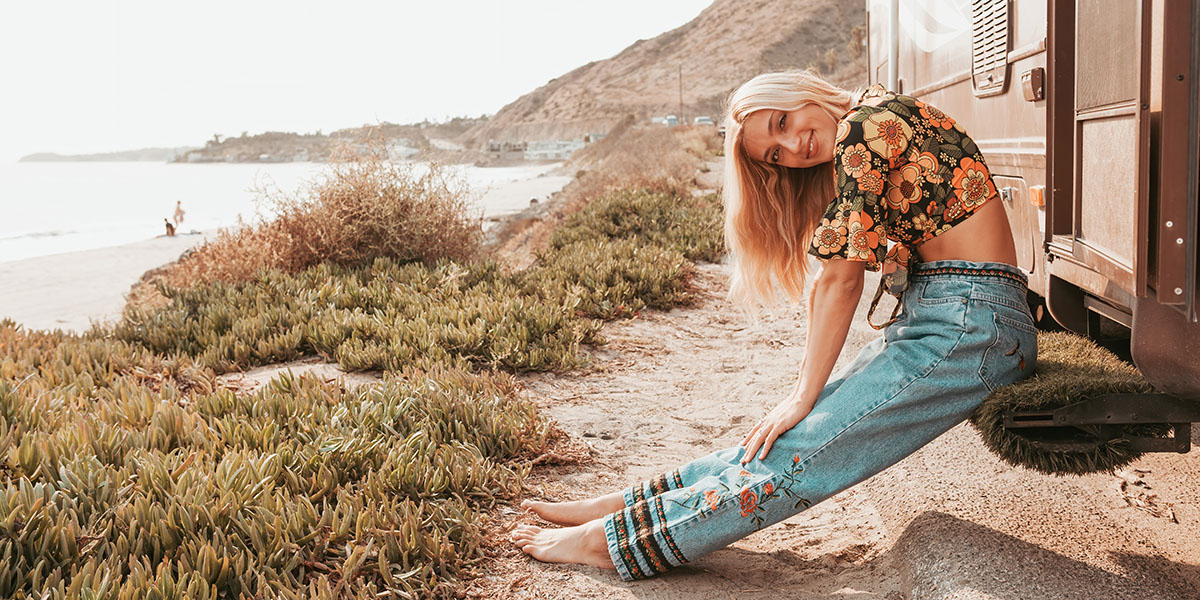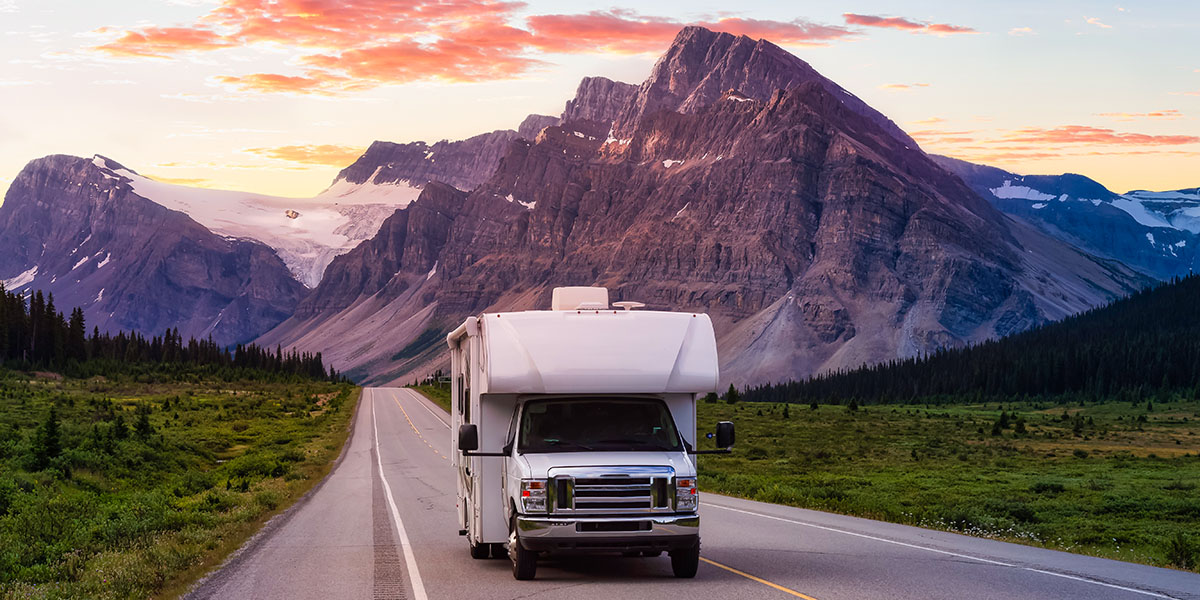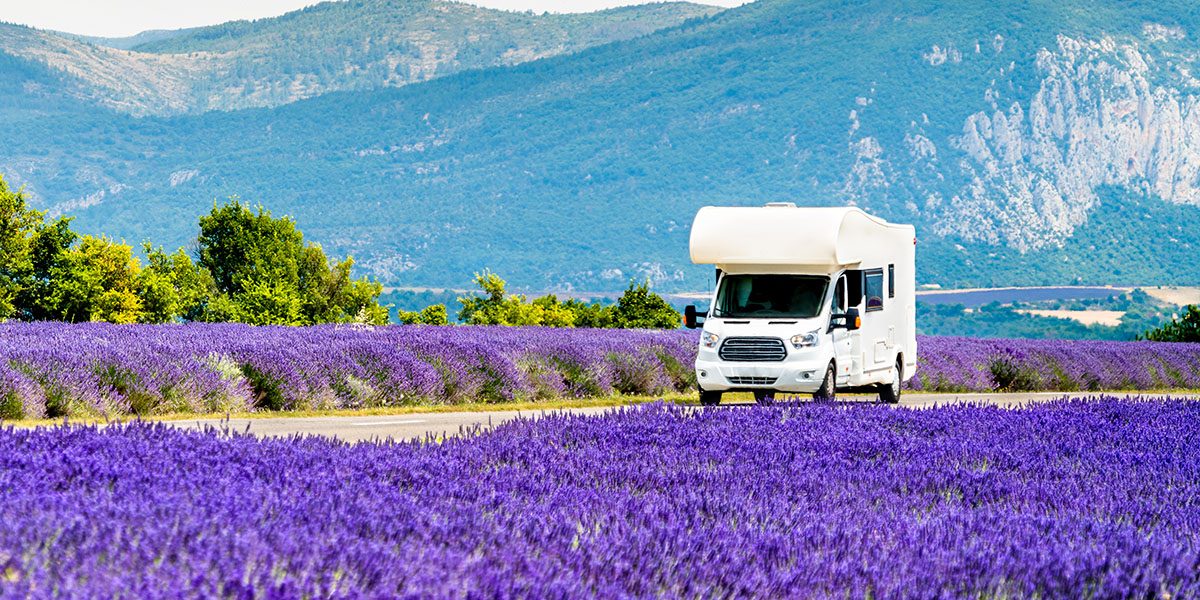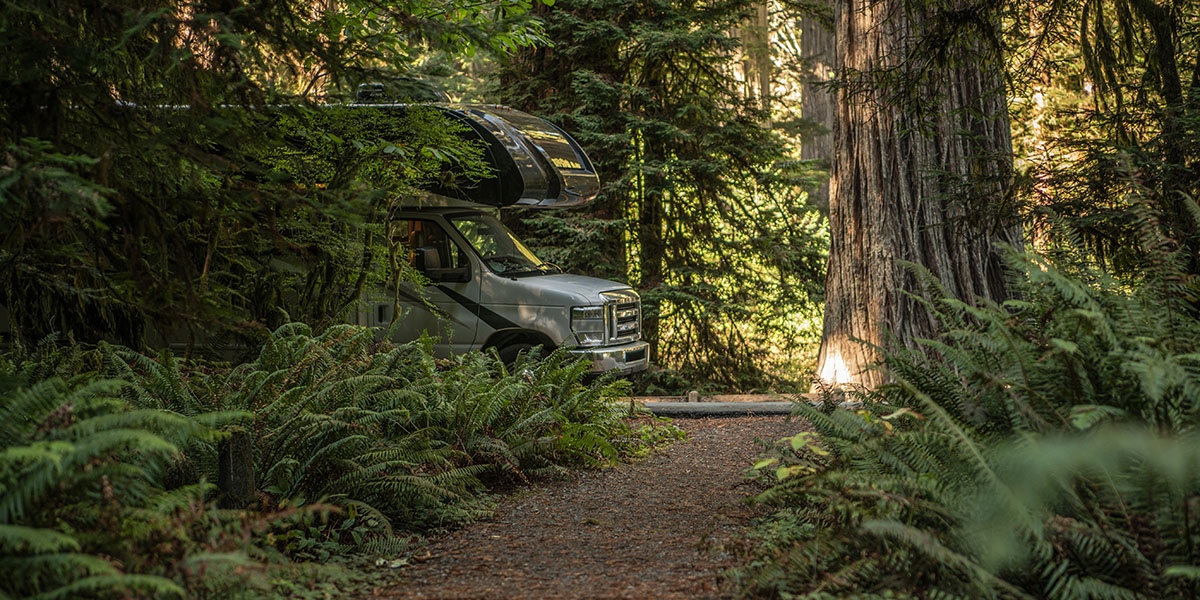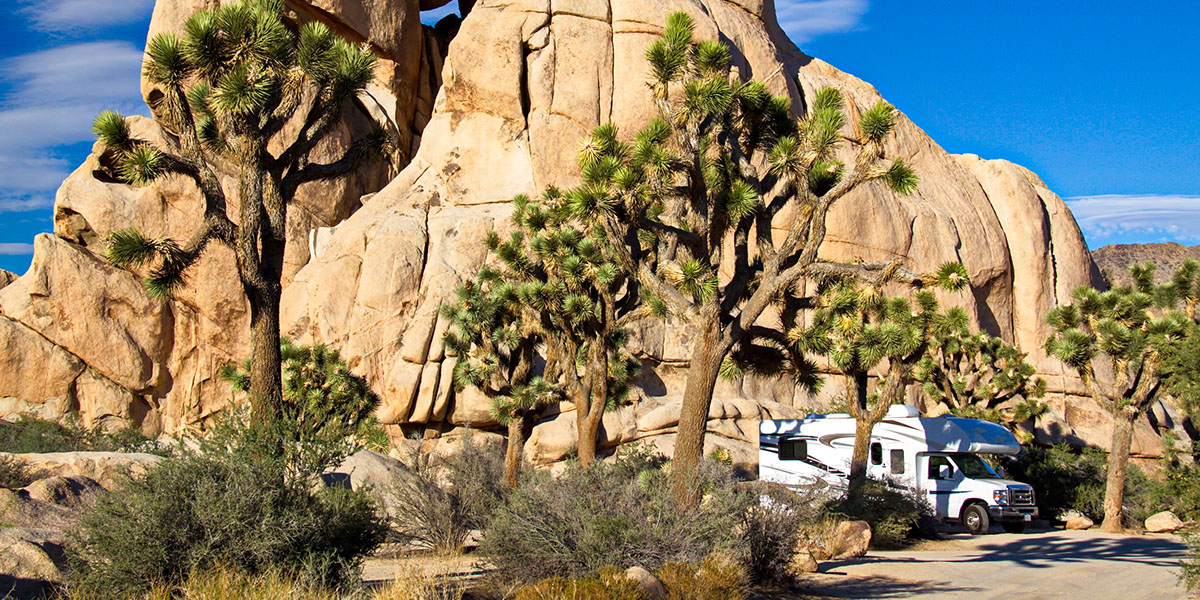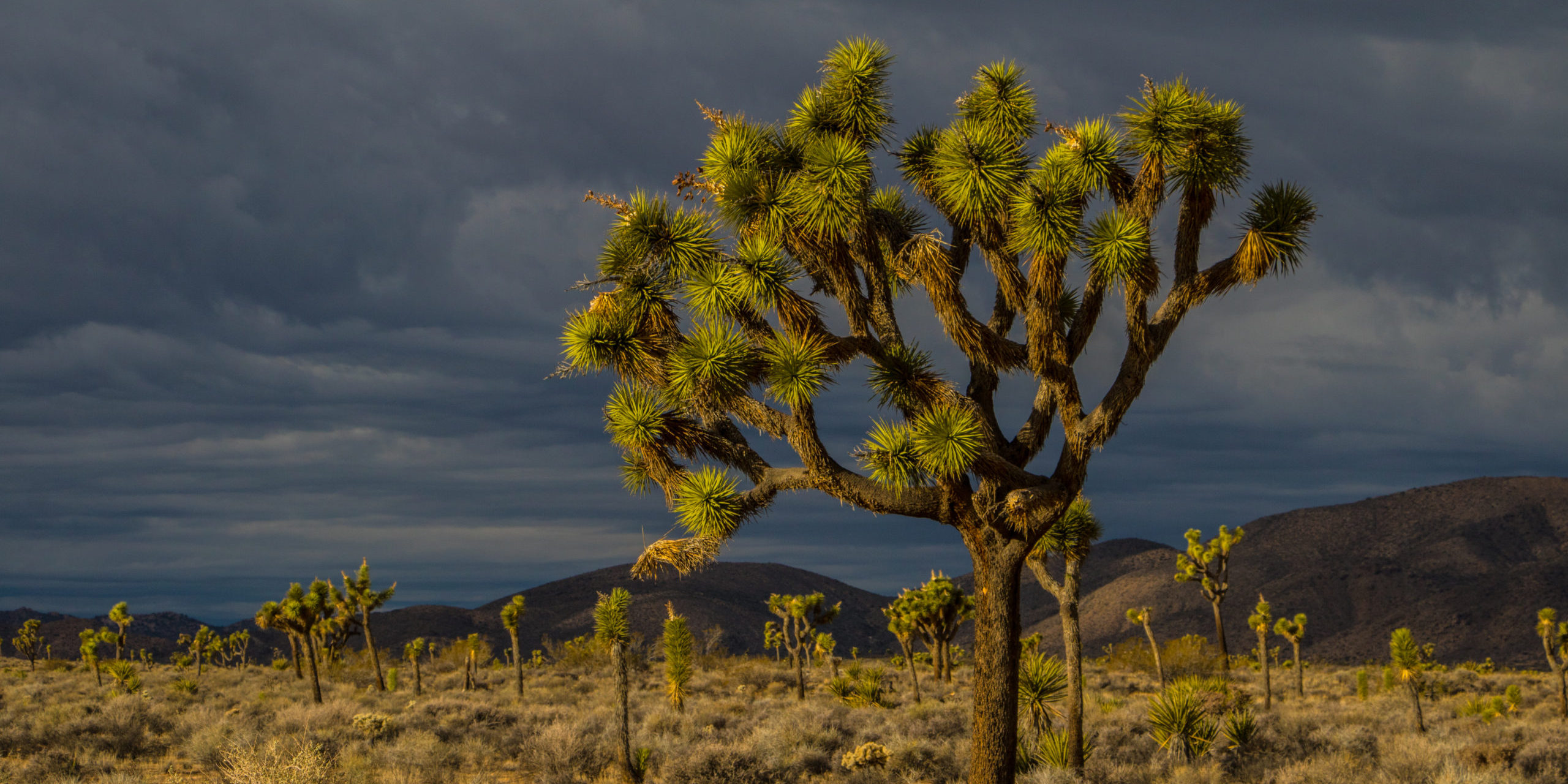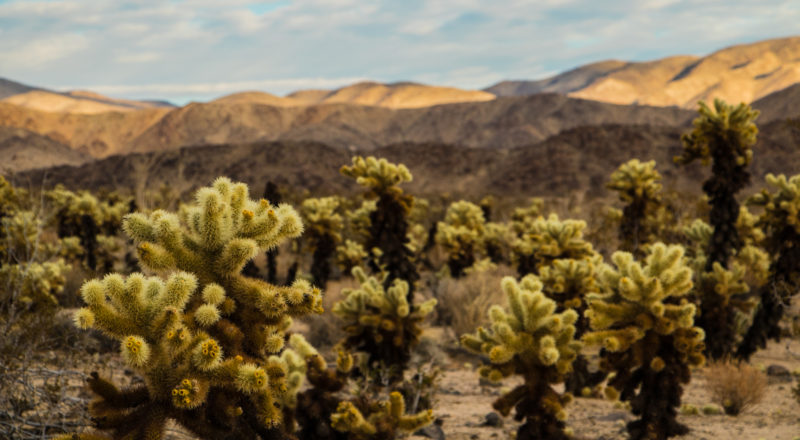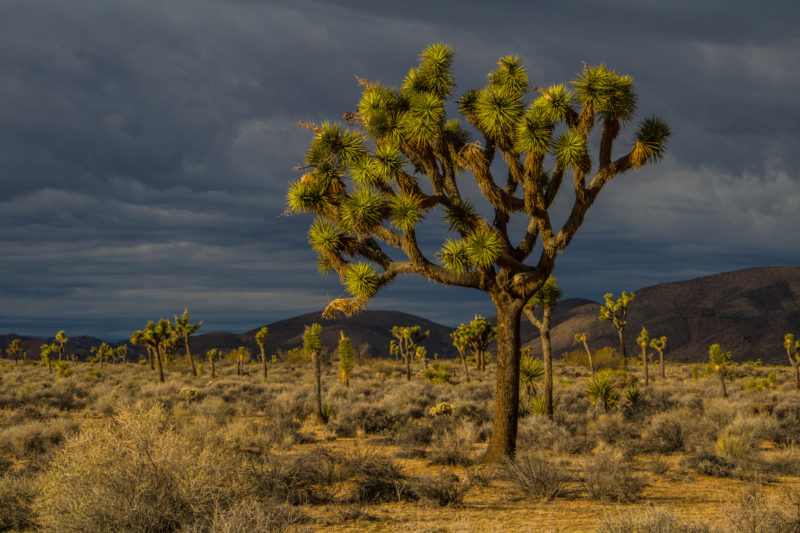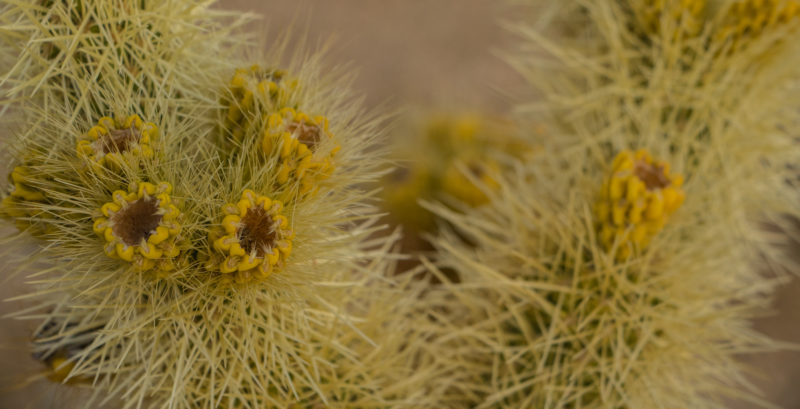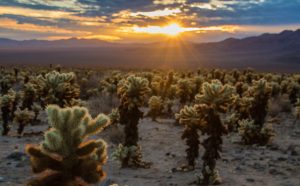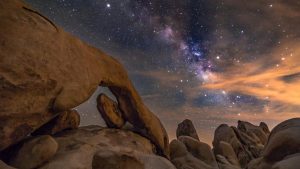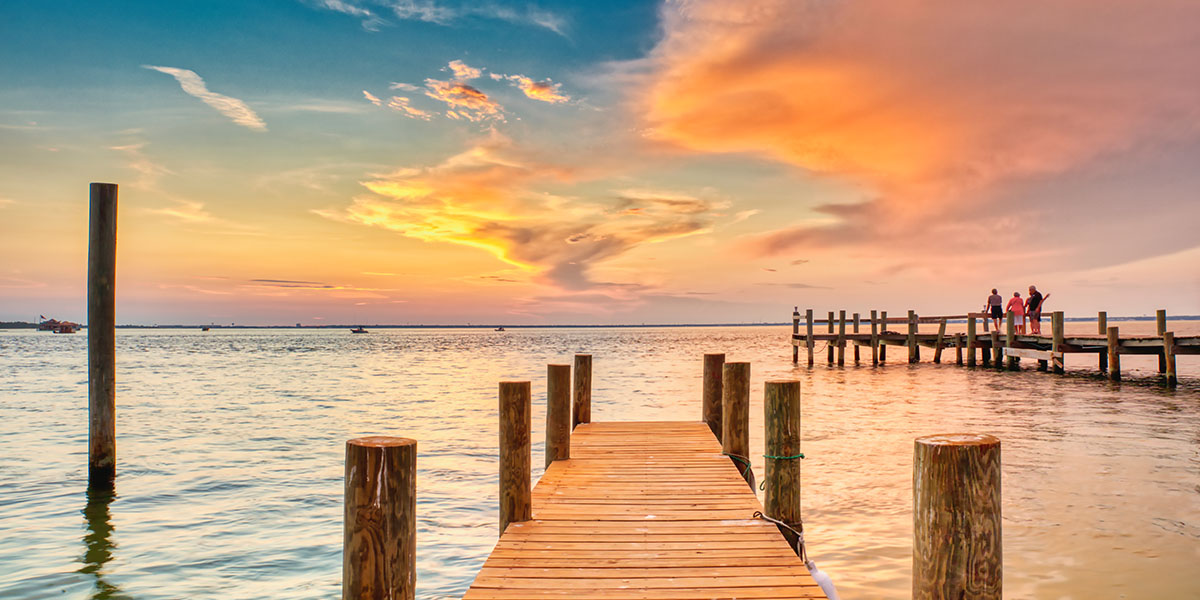For some road warriors, the open road means grit, gear, and getting grimy. But for glampers — those of us who like our adventures with a side of comfort, class, and maybe even a massage — it’s a different kind of ride. Luxury RV glamping is about soaking in views, sipping craft cocktails after a day on the trail, or pulling your Class A rig into a site with a concierge.
No matter your RV type — Class B, fifth wheel, toy hauler, or park model — we’ve rounded up some of the most lavish RV campgrounds for glamping in the U.S. As you might guess, each delivers high-end vibes with nature right outside your door.
AutoCamp Yosemite – Midpines, California
AutoCamp has become a legend in the RV glamping world for good reason, and their Yosemite location is no exception. While it’s famous for its luxe Airstreams and high-design tents, it also has limited full-hookup RV spots for smaller rigs and vans. This location plops you just outside the national park and offers access to a stylish clubhouse, fire pits, a fresh-air lounge, and curated experiences like wine tastings and live music.
What Makes It Great: Architecture meets wilderness here — glampers get the vibe of a boutique hotel, with direct access to one of the most iconic parks in the U.S.
Zion River Resort – Virgin, Utah
Just minutes from the entrance to Zion National Park, this resort offers deluxe pull-through sites with full hookups, manicured lawns, and concrete pads for Class As and fifth wheelers. Guests enjoy a sparkling pool, hot tub, on-site massages, and the convenience of a general store and concierge service. If you’re into wine or spa days as much as slot canyons and cliffside hikes, this is your place.
What Makes It Great: You’re living large just outside a red rock wonderland — and you can book a facial after a full day of adventure.
The Vintages Trailer Resort – Dayton, Oregon
Nestled in the heart of Oregon’s wine country, The Vintages blends the retro charm of classic trailers with boutique hotel auras. While the resort centers around its own fleet of stylish trailers, it also welcomes private rigs for those rolling through. Think outdoor soaking tubs, cruiser bikes, and access to over 100 wineries in the surrounding Willamette Valley.
What Makes It Great: It’s like stepping into a Wes Anderson movie — only with Pinot Noir, vineyard views, and RV glamping hookups so you can wallow in your wanderlust.
Bluewater Key RV Resort – Key West, Florida
This one’s for the big rig crowd. Bluewater Key is famous for oversized, waterfront lots — some complete with private docks, tiki huts, and outdoor kitchens. Each site is individually owned, so the décor and landscaping feel like a personal resort. The palm-lined roads, turquoise water views, and resort-level amenities make it a glamper’s paradise.
What Makes It Great: Waterfront living with island flair — it’s hard to beat your own private dock in paradise.
Normandy Farms Family Camping Resort – Foxborough, Massachusetts
Halfway between Boston and Cape Cod, Normandy Farms offers a luxe stay for glampers who roll deep with family. The resort is packed with amenities: indoor and outdoor pools, a wellness center, an adult-only loft, and even a dog park with an agility course. Whether you’re hauling a travel trailer or rolling in a fifth wheel, they’ve got beautifully maintained sites ready for you.
What Makes It Great: It blends classic New England charm with next-level amenities the whole crew will love — yes, even your pup.
Sun Outdoors Myrtle Beach – Myrtle Beach, South Carolina
If your idea of RV glamping includes morning yoga, a lazy river, and hitting the beach by lunch, this one’s for you. Sun Outdoors Myrtle Beach is built for Class A comfort, toy haulers with toys in tow, and families who want it all. Think cabanas, upscale bathhouses, and premium sites with pavers and palm trees. Plus, you’re minutes from ocean breezes and seafood shacks.
What Makes It Great: A resort-style stay with sand, sun, and Southern charm all rolled into one.
Cava Robles RV Resort – Paso Robles, California
Wine country gets an RV-friendly twist at Cava Robles. This luxury resort caters to Class A and Class C motorhomes, travel trailers, and more — with terraced, full-hookup sites that overlook rolling vineyards. Spend the day sipping Syrah, then unwind with a wood-fired pizza and a dip in the saltwater pool. They even offer wellness classes and wine tastings on site.
What Makes It Great: You’re in wine country, but your rig is parked at a spa-level resort.
Mountain Views at Rivers Edge – Creede, Colorado
For glampers who prefer alpine air and trout streams over tiki bars, this hidden gem is nestled in the Colorado Rockies. Mountain Views at Rivers Edge is a high-end, big-rig-friendly park with patios, gas fire pits, and views for days. It’s also a great stop for park models and long-term stays, with deeded lots available.
What Makes It Great: It’s luxury meets solitude — RVers enjoy rugged peaks with five-star views and zero crowds.
Petoskey RV Resort – Petoskey, Michigan
Overlooking Little Traverse Bay in northern Michigan, Petoskey RV Resort combines lake life with high-end living. Brick paver sites, a golf putting green, and an upscale clubhouse are just the start. There’s also an outdoor pool, fitness center, tennis courts, and lakeside access. Ideal for all RV types, from motorhomes to cozy campers.
What Makes It Great: Lakefront luxury without the coastal crowds — pure glamping in Michigan’s northern playground.
LVM Resort – Las Vegas, Nevada
Just off the Strip, LVM caters to big Class A coaches and their well-heeled travelers. The resort boasts palm-lined lots, full hookups, 24-hour security, and amenities worthy of a Vegas stay. There’s a spa, fitness center, tennis courts, and an upscale clubhouse with social events. When you’re ready to roll the dice or catch a show, you’re just minutes away.
What Makes It Great: It’s glamping, Vegas-style — luxury lots by day, neon lights by night.
Clayoquot Wilderness Lodge – Vancouver Island, Canada
Though not a traditional RV park, this luxury lodge on Vancouver Island deserves a mention for its full-on glamper ethos. While it doesn’t cater to rigs, it redefines glamping with canvas tents decked out like five-star suites. Arrive by seaplane, explore untouched rainforests, and dine on gourmet meals prepared with hyper-local ingredients.
What Makes It Great: It’s the ultimate off-grid escape for glampers willing to trade wheels for wilderness indulgence.
Find Your Perfect RV Glamping Destination
Whether you’re pulling into your site in a custom van or rolling up in a 45-foot Class A, glamping has never looked better. These campgrounds prove you don’t have to leave comfort behind to connect with the wild. From beachside cocktails to vineyard views, luxury and the great outdoors are no longer separate worlds — they’re neighbors.
